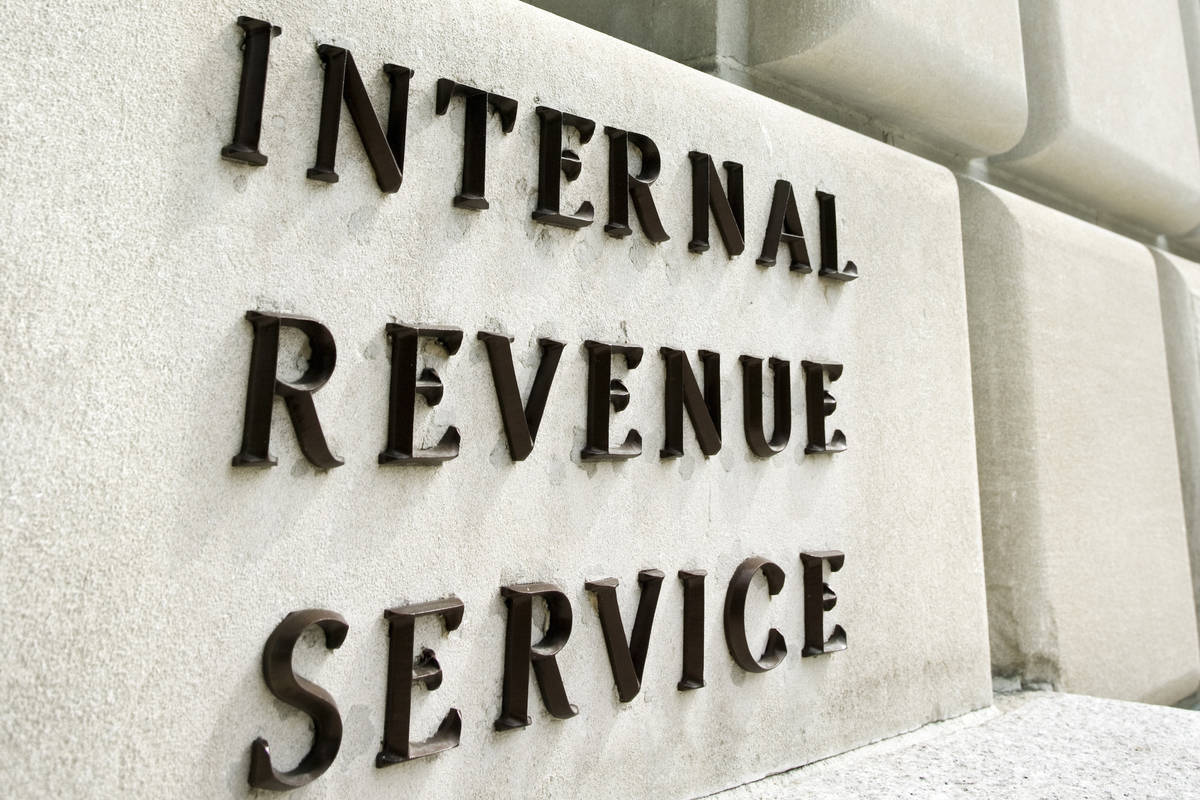Economic Impact Payments total more than $3.5 billion
The Internal Revenue Service, the U.S. Department of the Treasury and the Bureau of the Fiscal Service announced May 26 that they have disbursed more than 1.8 million additional Economic Impact Payments under the American Rescue Plan.
The announcement covering the most recent two weeks of the effort brings the total disbursed so far to nearly 167 million payments. They represent a total value of approximately $391 billion since these payments began rolling out to Americans in batches March 12.
In total, the most recent weeks include more than 1.8 million payments with a value of more than $3.5 billion.
More than 900,000 payments, with a value of approximately $1.9 billion, went to eligible individuals for whom the IRS previously did not have information to issue an Economic Impact Payment but who recently filed a tax return.
This also includes additional ongoing supplemental payments for people who earlier this year received payments based on their 2019 tax returns but are eligible for a new or larger payment based on their recently processed 2020 tax returns. In the past two weeks, there were more than 900,000 of these “plus-up” payments, with a value of more than $1.6 billion. In all, the IRS has made nearly 7 million of these supplemental payments this year.
Overall, the past two weeks of payments contain more than 900,000 direct deposit payments with a total value more than $1.6 billion, with the remainder as paper check payments.
The IRS will continue to make Economic Impact Payments on a weekly basis. Ongoing payments will be sent to eligible individuals for whom the IRS previously did not have information to issue a payment but who recently filed a tax return, as well to people who qualify for “plus-up” payments.
Although payments are automatic for most people, the IRS continues to urge people who don’t normally file a tax return and haven’t received Economic Impact Payments to file a 2020 tax return to get all the benefits they are entitled to under the law, including tax credits such as the 2020 Recovery Rebate Credit, the Child Tax Credit and the Earned Income Tax Credit. Filing a 2020 tax return will assist the IRS in determining whether someone is eligible for an advance payment of the 2021 Child Tax Credit, which will begin to be disbursed this summer.
For example, some federal benefits recipients may need to file a 2020 tax return – even if they don’t usually file – to provide information the IRS needs to send payments for a qualifying dependent. Eligible individuals in this group should file a 2020 tax return as quickly as possible to be considered for an additional payment for their qualifying dependents.
People who don’t normally file a tax return and don’t receive federal benefits may qualify for these Economic Impact Payments. This includes those experiencing homelessness, the rural poor and others. Individuals who didn’t get a first or second round Economic Impact Payment or got less than the full amounts may be eligible for the 2020 Recovery Rebate Credit, but they will need to file a 2020 tax return. See the special section on IRS.gov, Claiming the 2020 Recovery Rebate Credit, if you aren’t required to file a tax return.
Free tax return preparation is available for qualifying people.
The IRS reminds taxpayers that the income levels in this third round of Economic Impact Payments have changed. This means that some people won’t be eligible for the third payment even if they received a first or second Economic Impact Payment or claimed a 2020 Recovery Rebate Credit. Payments will begin to be reduced for individuals making $75,000 or above in Adjusted Gross Income ($150,000 for married filing jointly). The payments end at $80,000 for individuals ($160,000 for married filing jointly); people with Adjusted Gross Incomes above these levels are ineligible for a payment.
Individuals can check the Get My Payment tool on IRS.gov to see the payment status of these payments. Additional information on Economic Impact Payments is available on IRS.gov.
















